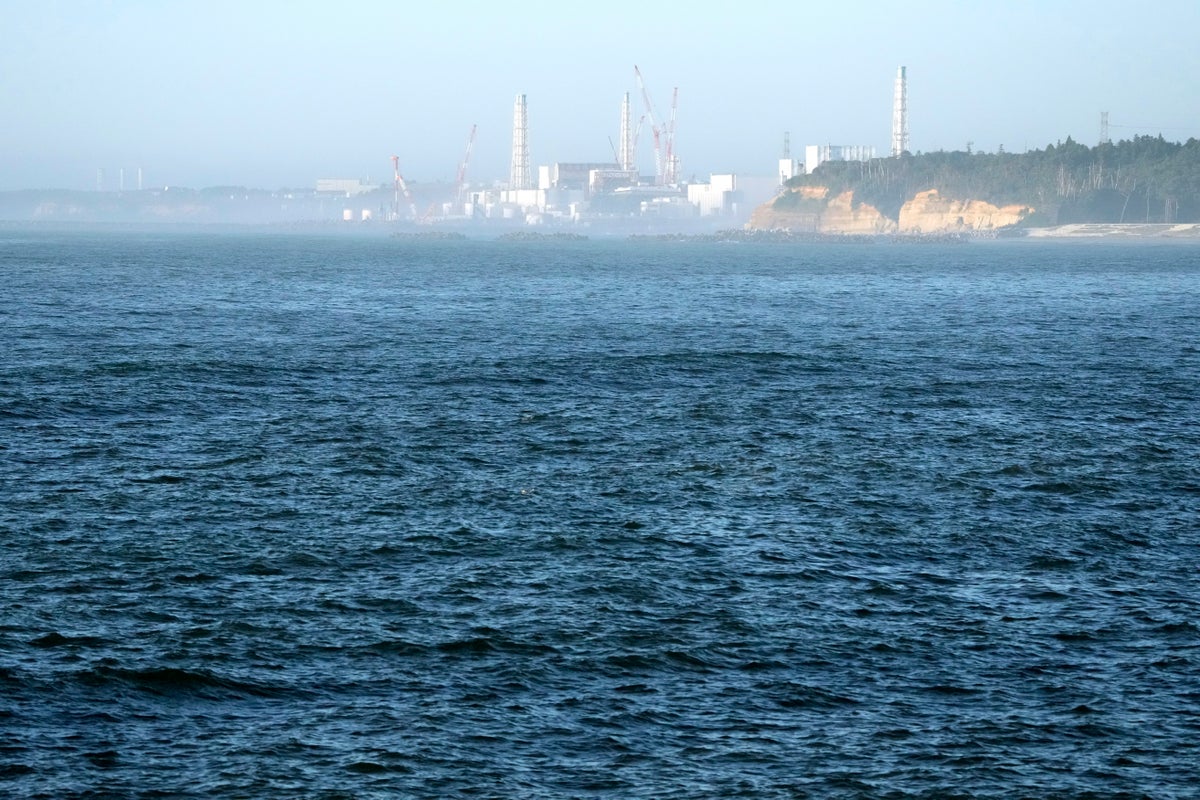
The release of a third batch of treated radioactive wastewater from Japan's damaged Fukushima nuclear plant into the Pacific Ocean ended safely as planned, its operator said Monday, as the country's seafood producers continue to suffer from a Chinese import ban imposed after the discharges began.
Large amounts of radioactive wastewater have accumulated at the nuclear plant since it was damaged by a massive earthquake and tsunami in 2011. It began discharging treated and diluted wastewater into the ocean on Aug. 24 and finished releasing the third 7,800-ton batch on Monday. The process is expected to take decades.
The discharges have been strongly opposed by fishing groups and neighboring countries including China, which banned all imports of Japanese seafood, badly hurting Japanese producers and exporters of scallops and other seafood.
The plant's operator, Tokyo Electric Power Company Holdings, said the third release, like the two previous ones, went smoothly and marine samples tested by it and the government showed that levels of all selected radionuclides were far lower than international safety standards.
Japanese Prime Minister Fumio Kishida, in a meeting last Friday with Chinese President Xi Jinping on the sidelines of the Asia Pacific Economic Cooperation summit in San Francisco, asked China to immediately lift the seafood ban but achieved only a vague agreement to “find ways to resolve the dispute through meetings and dialogue in a constructive manner.”
The two sides will convene a meeting of scientific experts to discuss the release but there was no timetable for a possible lifting of the ban, Kishida said.
Japan’s government has set up a relief fund to help find new markets for Japanese seafood, and the central and local governments have led campaigns to encourage Japanese consumers to eat more fish and support Fukushima seafood producers.
TEPCO is also providing compensation to the fisheries industry for “reputational damage” to its products caused by the wastewater release, and said it has mailed application forms to 580 possible compensation seekers.
The wastewater is treated to remove as much radioactivity as possible to meet legally releasable standards and then greatly diluted with seawater before it is discharged. TEPCO and the government say the process is safe, but some scientists say the continuing release of water containing radionuclides from damaged reactors is unprecedented and should be monitored closely.
Monday’s completion of the release of the third batch of wastewater brings the total to 23,400 tons. TEPCO plans a fourth release by the end of March 2024. That would only empty about 10 of the approximately 1,000 storage tanks at the Fukushima plant because of its continued production of wastewater, though officials say the pace of the discharges will pick up later. The tanks currently hold more than 1.3 million tons of wastewater, most of which needs to be retreated to meet safety standards before release.
TEPCO and the government say discharging the water into the sea is unavoidable because the tanks need to be removed from the grounds of the plant so that it can be decommissioned.







